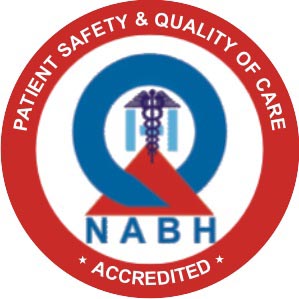What is Addison’s Disease?
Symptoms
The symptoms of Addison’s disease include:
- Nausea
- Vomiting
- Fatigue
- Pain in the abdomen area
- Loss of appetite
- Weight loss
- Darkening of the skin
- Low blood pressure
- Low blood sugar levels
- Salt craving
- Muscle ache
- Stress
Causes
Some causes of Addison’s disease include:
- Tuberculosis
- Infections in the adrenal glands
- Presence of cancer in the adrenal glands
- Bleeding in the adrenal glands
Risks
The risk of developing Addison’s disease increases if a person:
- Has cancer.
- Takes anticoagulants (blood thinners)
- Has chronic infections like tuberculosis.
- Has gone through a surgery to get any part of the adrenal gland removed.
- Has diabetes
-has Graves’ disease.
Prevention
Prevention of Addison’s disease includes controlling the symptoms, treating the main cause and limiting the risk factors. The disease can be prevented by
- Treating fungal infections.
- Controlling diabetes.
- Identifying the cancer in the patient’s body and treating it.
- Treating bacterial infections such as tuberculosis.
How is it diagnosed?
During diagnosis, the doctor examines the medical history of the patient and checks the presence of signs and symptoms of Addison’s disease. The doctor confirms the presence of the disease by carrying out certain tests.
- Blood tests
- ACTH stimulation test
- Insulin-induced hypoglycemia test
- Imaging tests




